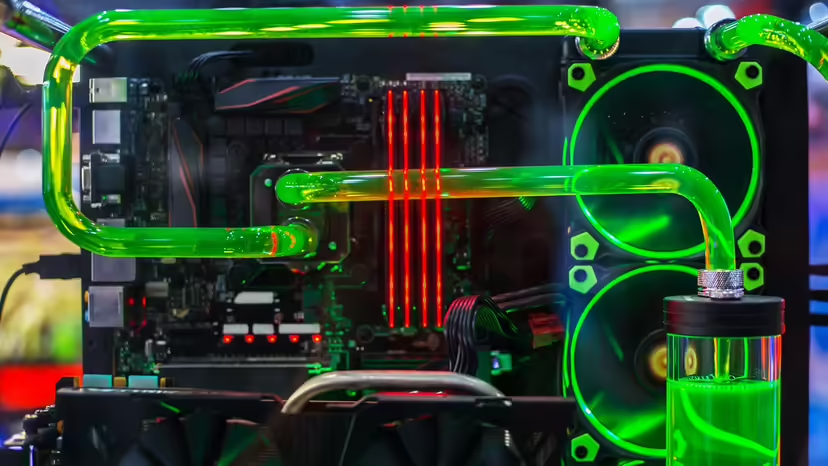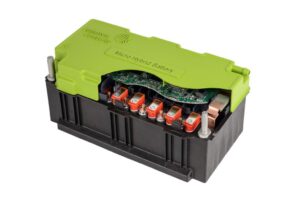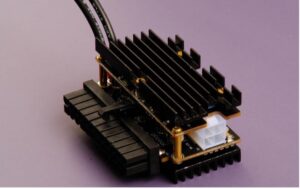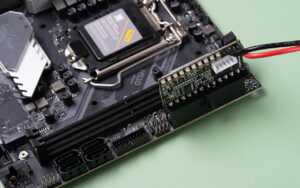In the realm of high-performance computing, managing heat efficiently is paramount. While traditional air cooling methods have served well, liquid cooling has emerged as a superior solution for enthusiasts and professionals seeking optimal thermal management.
The Basics of Liquid Cooling
Liquid cooling, often referred to as water cooling, operates on the principle of transferring heat away from critical components using a liquid medium. This method is analogous to a car’s cooling system, where coolant circulates to absorb and dissipate heat .

Key Components:
- Water Block: A metal (usually copper or aluminum) component that sits atop the CPU or GPU, facilitating heat transfer from the component to the coolant.
- Pump: Circulates the coolant through the system, ensuring consistent heat absorption and dissipation.
- Radiator: A heat exchanger where the heated coolant releases its heat to the surrounding air, often aided by fans.
- Reservoir: Holds excess coolant and helps remove air bubbles, ensuring smooth operation.
- Tubing: Connects all components, allowing coolant to flow seamlessly through the system.
How Liquid Cooling Works
- Heat Absorption: The water block absorbs heat from the CPU or GPU.
- Coolant Circulation: The pump moves the heated coolant away from the component.
- Heat Dissipation: The coolant travels to the radiator, where fans help dissipate the heat into the air.
- Coolant Return: The cooled liquid returns to the water block to repeat the cycle.
This continuous loop ensures that high-performance components maintain optimal operating temperatures, enhancing performance and longevity.

Advantages of Liquid Cooling
- Enhanced Cooling Efficiency: Liquid has a higher thermal conductivity than air, allowing for more effective heat transfer.
- Quieter Operation: Liquid cooling systems often produce less noise compared to air coolers, as fans can run at lower speeds.
- Overclocking Potential: Maintaining lower temperatures enables users to safely overclock their CPUs or GPUs for improved performance.
- Aesthetic Appeal: Liquid cooling setups can offer a sleek and modern look, with customizable RGB lighting and clear tubing showcasing the coolant.
Considerations Before Opting for Liquid Cooling
- Complexity: Installation can be more involved than air cooling, requiring careful planning and assembly.
- Maintenance: Periodic checks are necessary to ensure there are no leaks and that the coolant levels are adequate.
- Cost: Liquid cooling systems can be more expensive upfront compared to traditional air coolers.
Conclusion
Liquid cooling presents an efficient and effective method for managing heat in high-performance PCs. By understanding its working principles and benefits, users can make informed decisions to optimize their systems for both performance and aesthetics.







